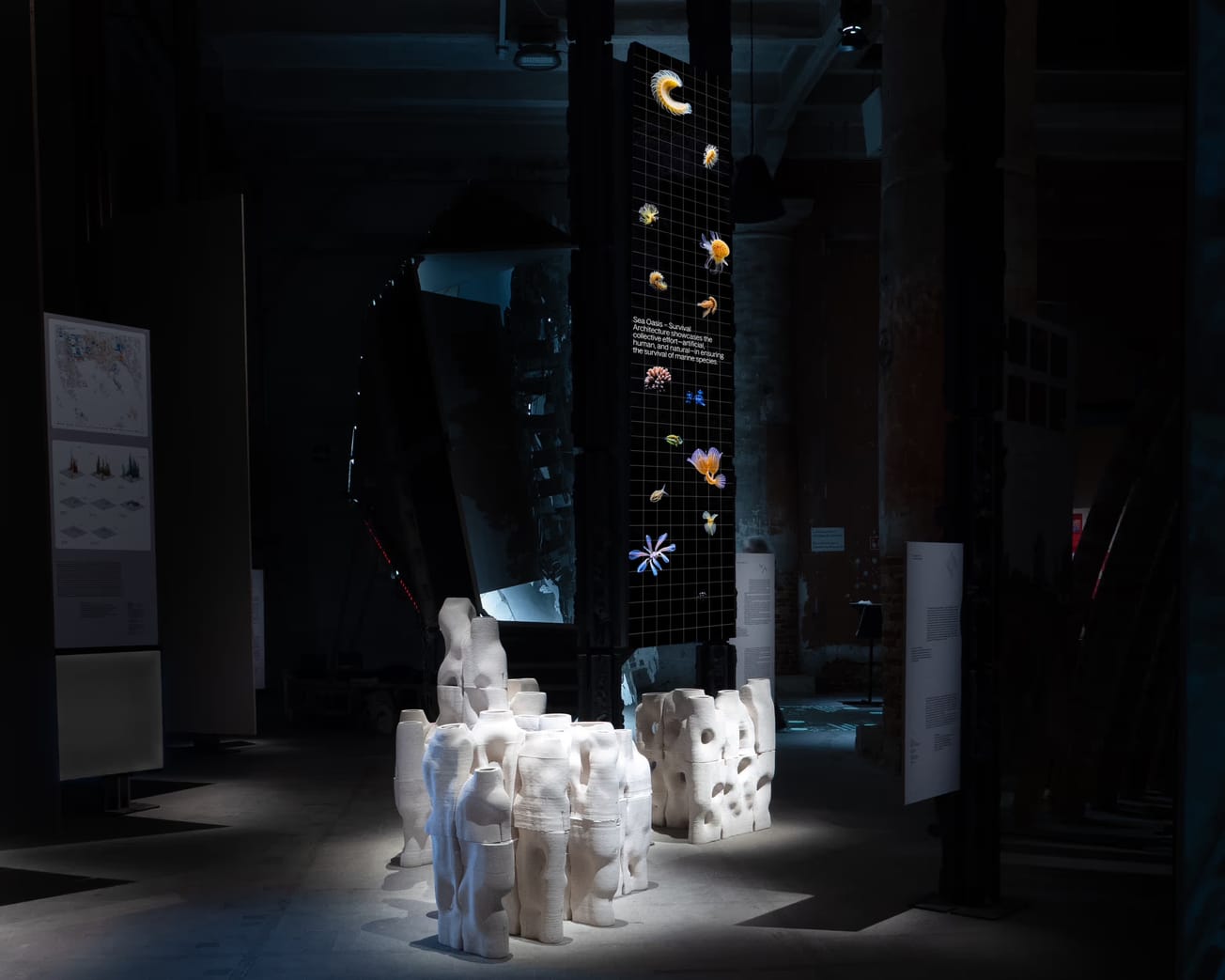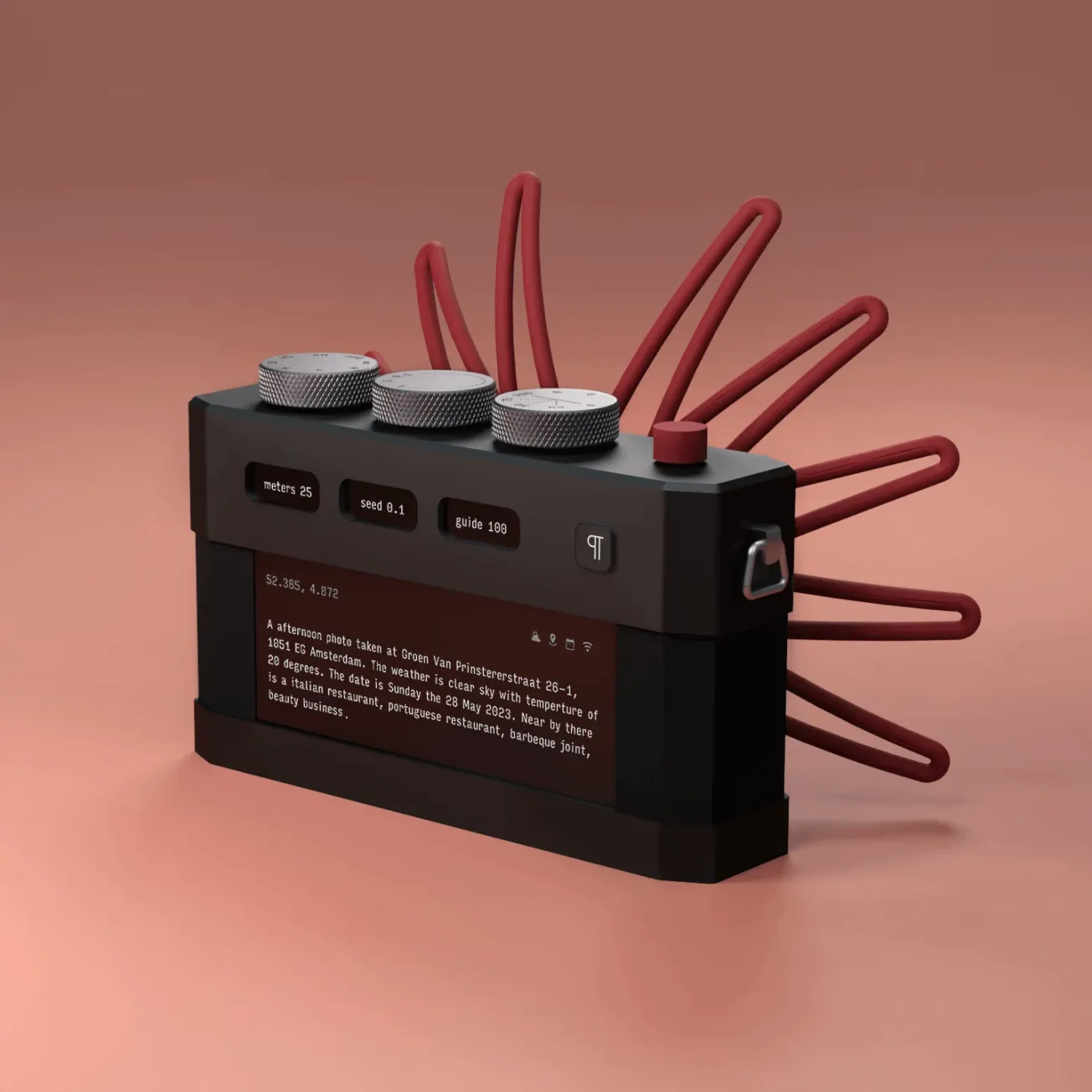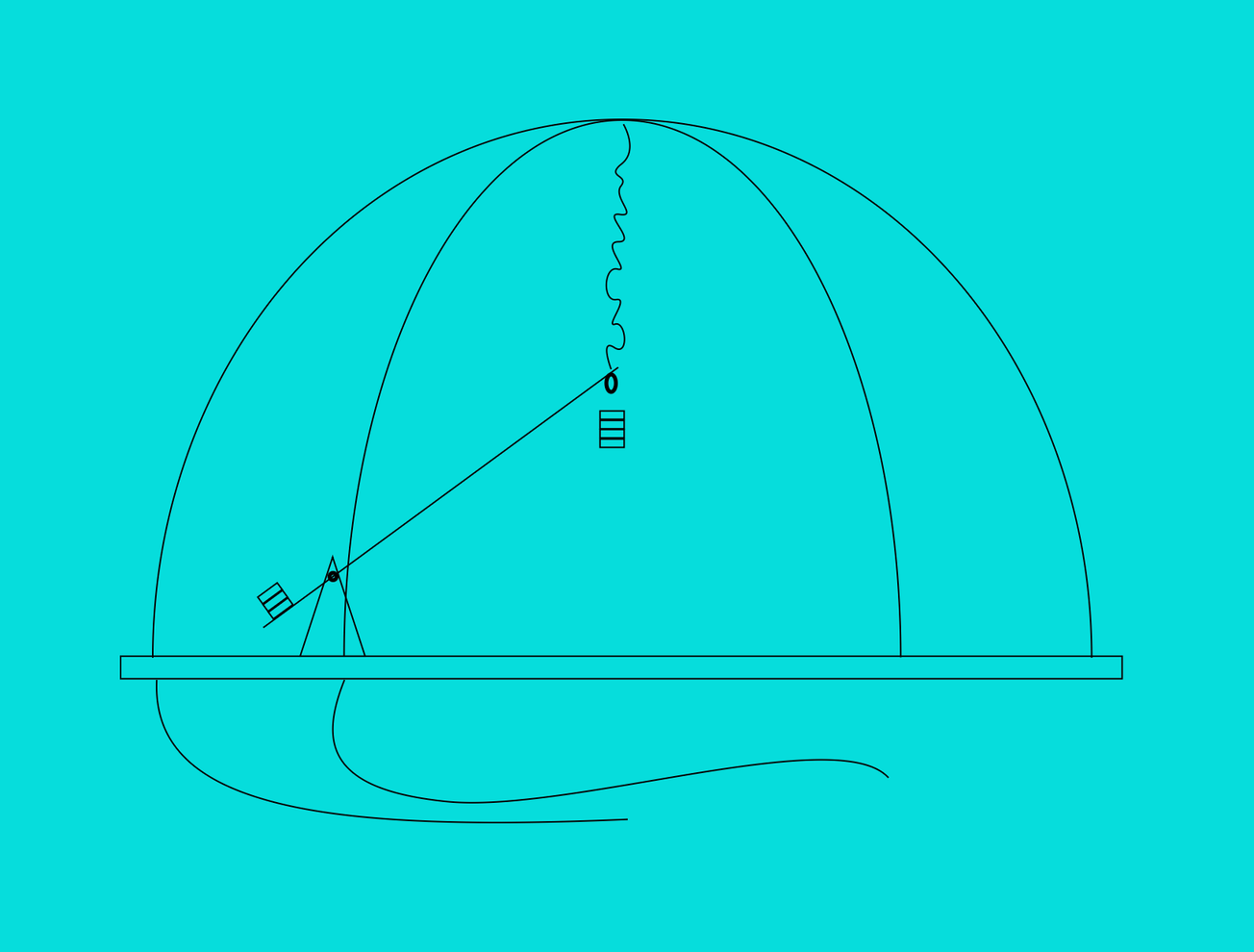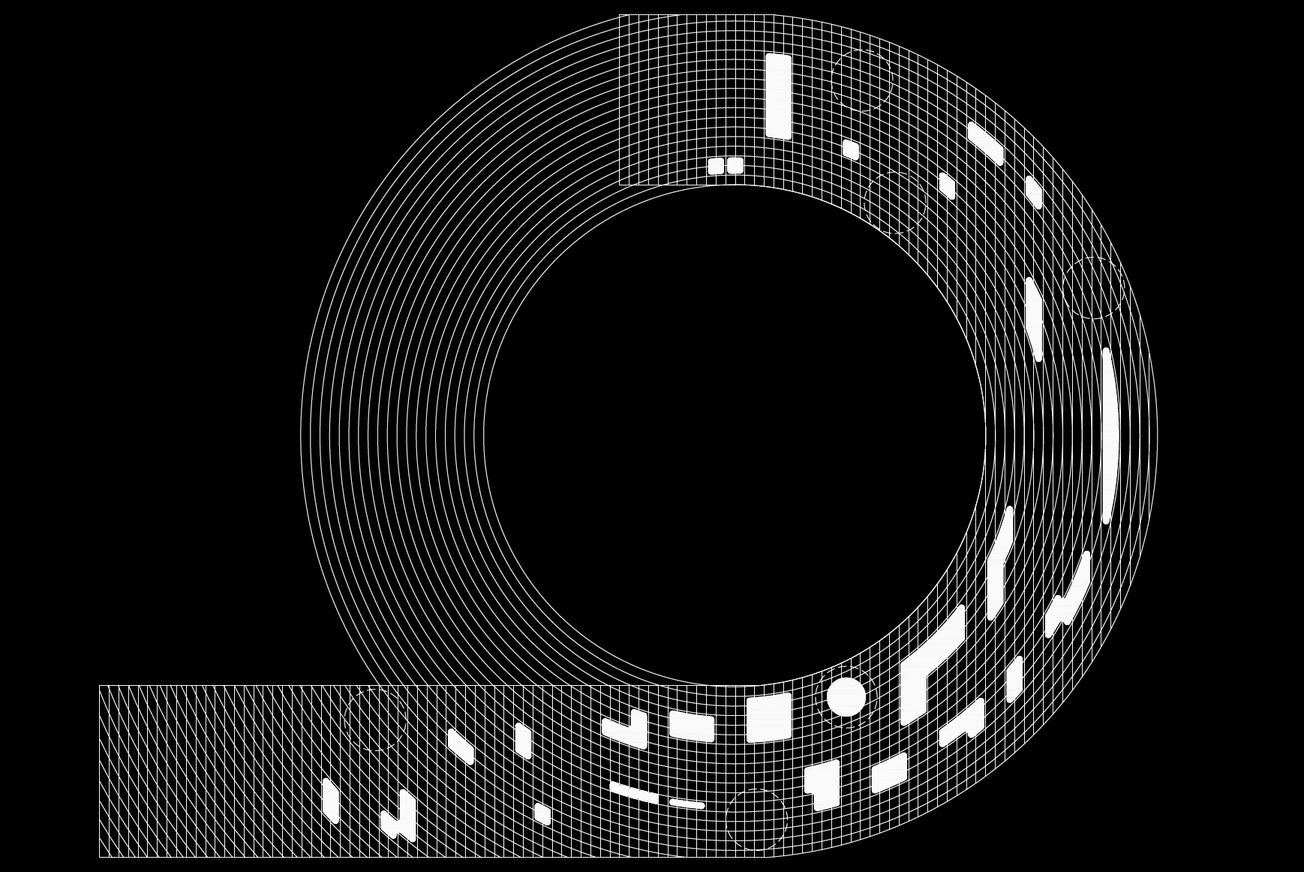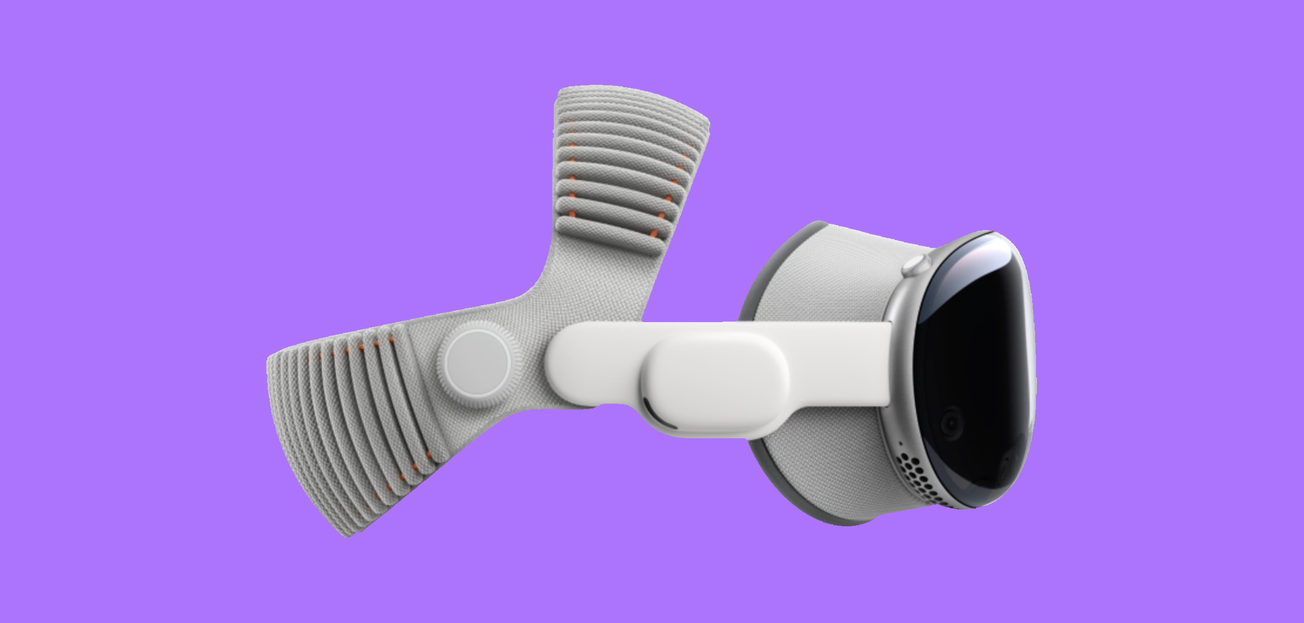Artificial intelligence being used to design habitats for oysters? In Sea Oasis – Survival Architecture, Milan-based design studio dotdotdot has created an AI-driven system to regenerate marine ecosystems using custom-designed, 3D-printed reef modules. The system doesn’t house humans. It builds scaffolds for nonhuman life—an architectural intervention intended to repair ecological collapse, one algorithmically simulated oyster bed at a time.
Architecture as System, AI as Collaborator
The premise is deceptively simple: train machine intelligence on marine environmental data, model colonization behaviors of species like oysters, and generate reef forms that can be printed and deployed in compromised coastal zones. In Sea Oasis, architecture becomes system—not shelter. AI becomes environmental collaborator—not just a tool.
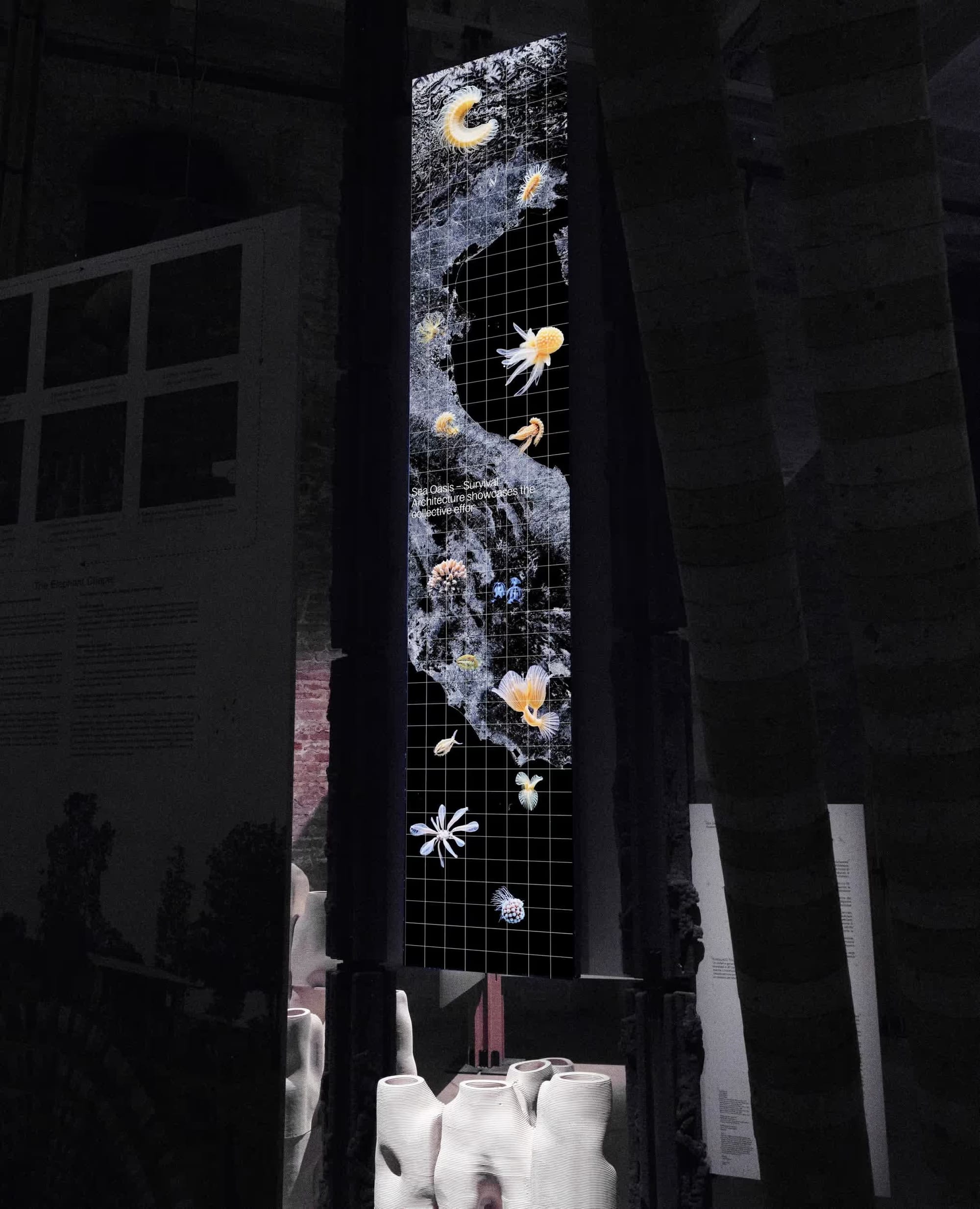
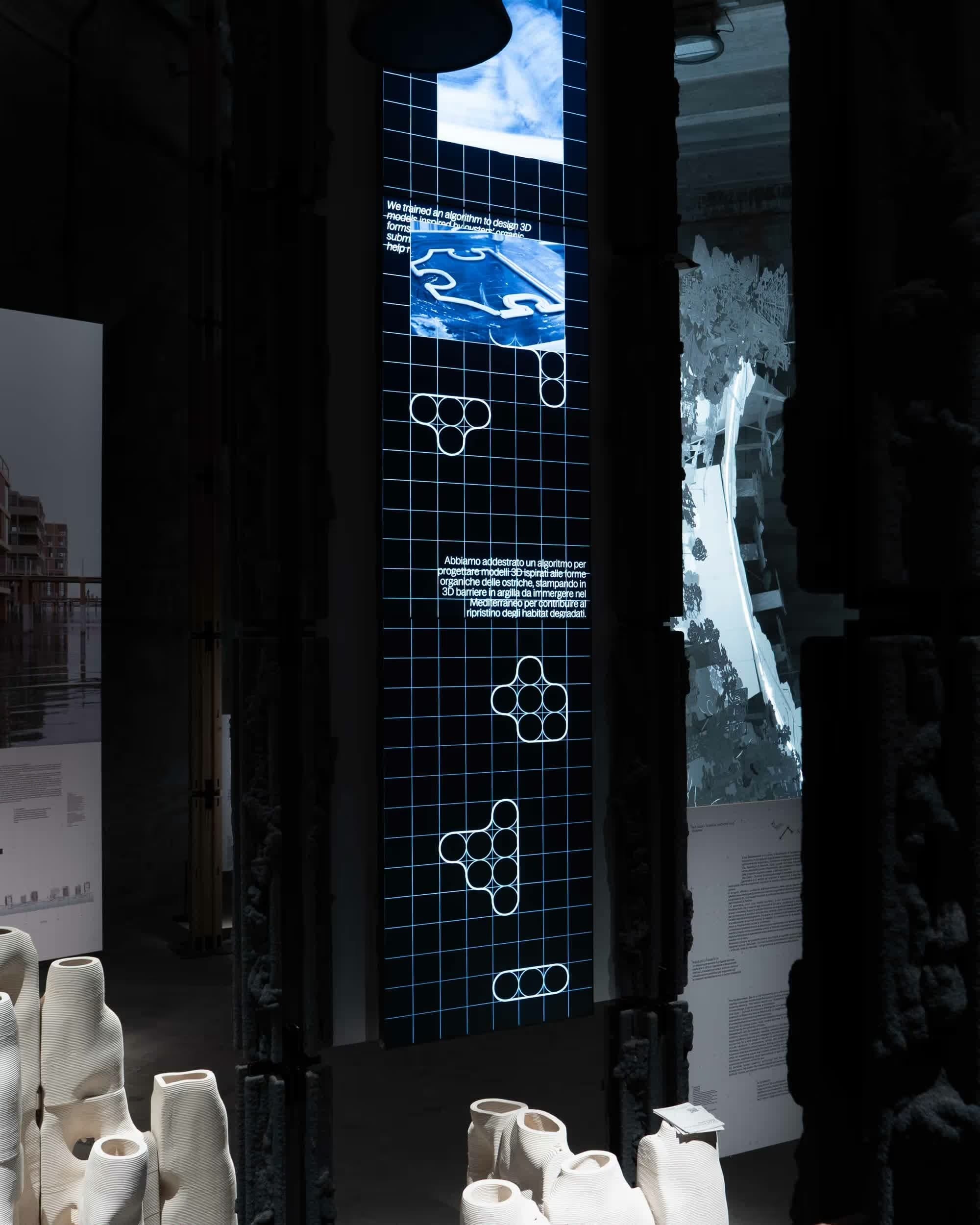
The simulations—developed by computational designer Pietro Forino—use behavioral algorithms to predict how marine species interact with environmental conditions like temperature, salinity, turbidity, and pH. Rather than optimizing structural stability, the software models long-term habitat viability. The resulting geometries are inspired by oyster shells and intended to foster microhabitats and biodiversity over a projected five-year period. Printed in biodegradable or bio-integrative materials, the reef modules are designed to degrade naturally or be overtaken by marine life. The goal isn’t permanence—it’s ecological integration.
Designed to Deploy, Not Just Display
While Sea Oasis was presented at the 2025 Venice Architecture Biennale, the project’s ambitions go well beyond the gallery. Dotdotdot will deploy the reef modules in the southern Venetian Lagoon following the exhibition, in collaboration with Olivia Cassetti, a Ph.D. researcher in Biology at the University of Padua, who will lead long-term ecological monitoring of the site. These sites—selected using AI-guided simulations—will serve as live monitoring environments to track species colonization and ecological performance.
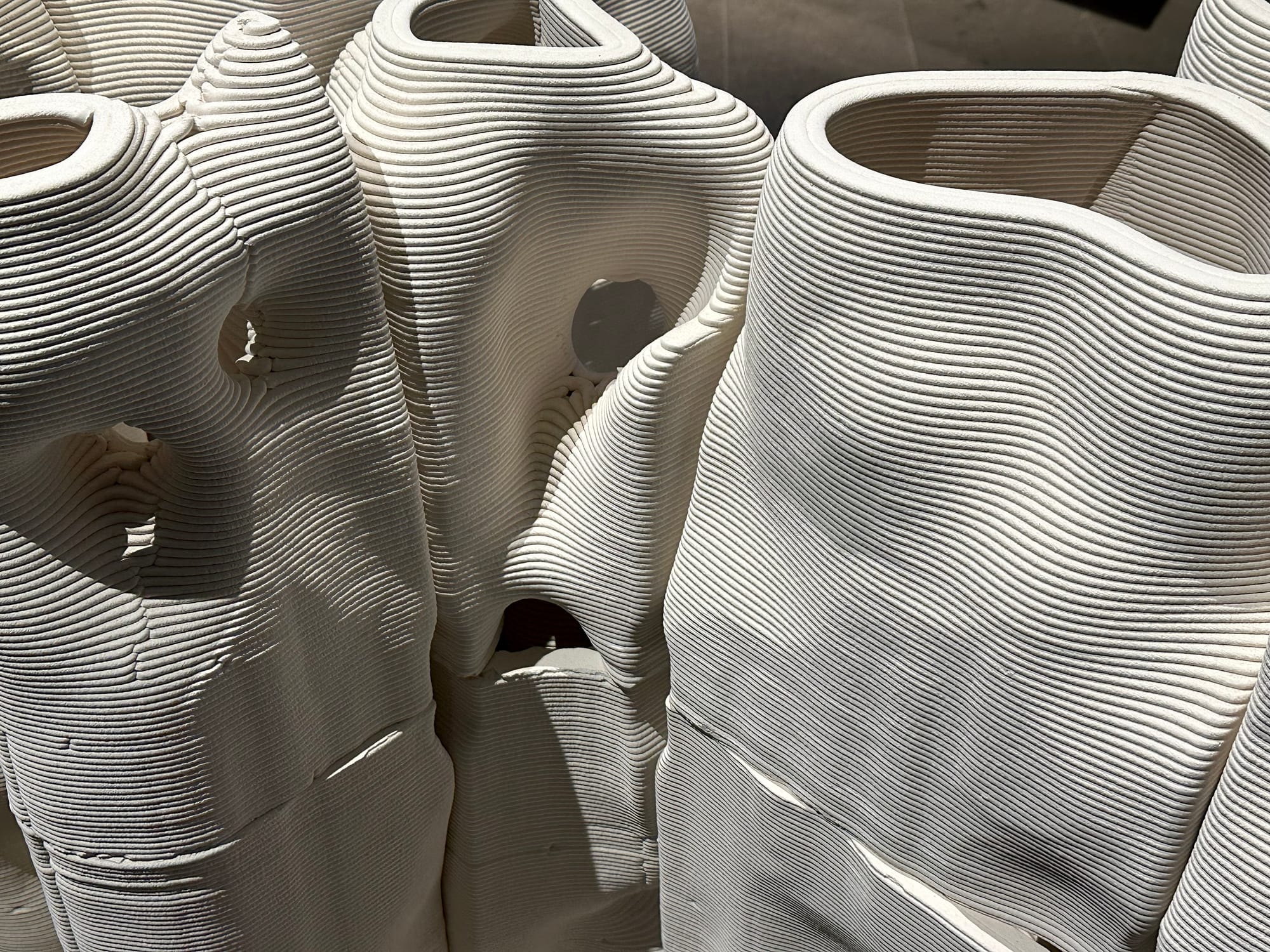
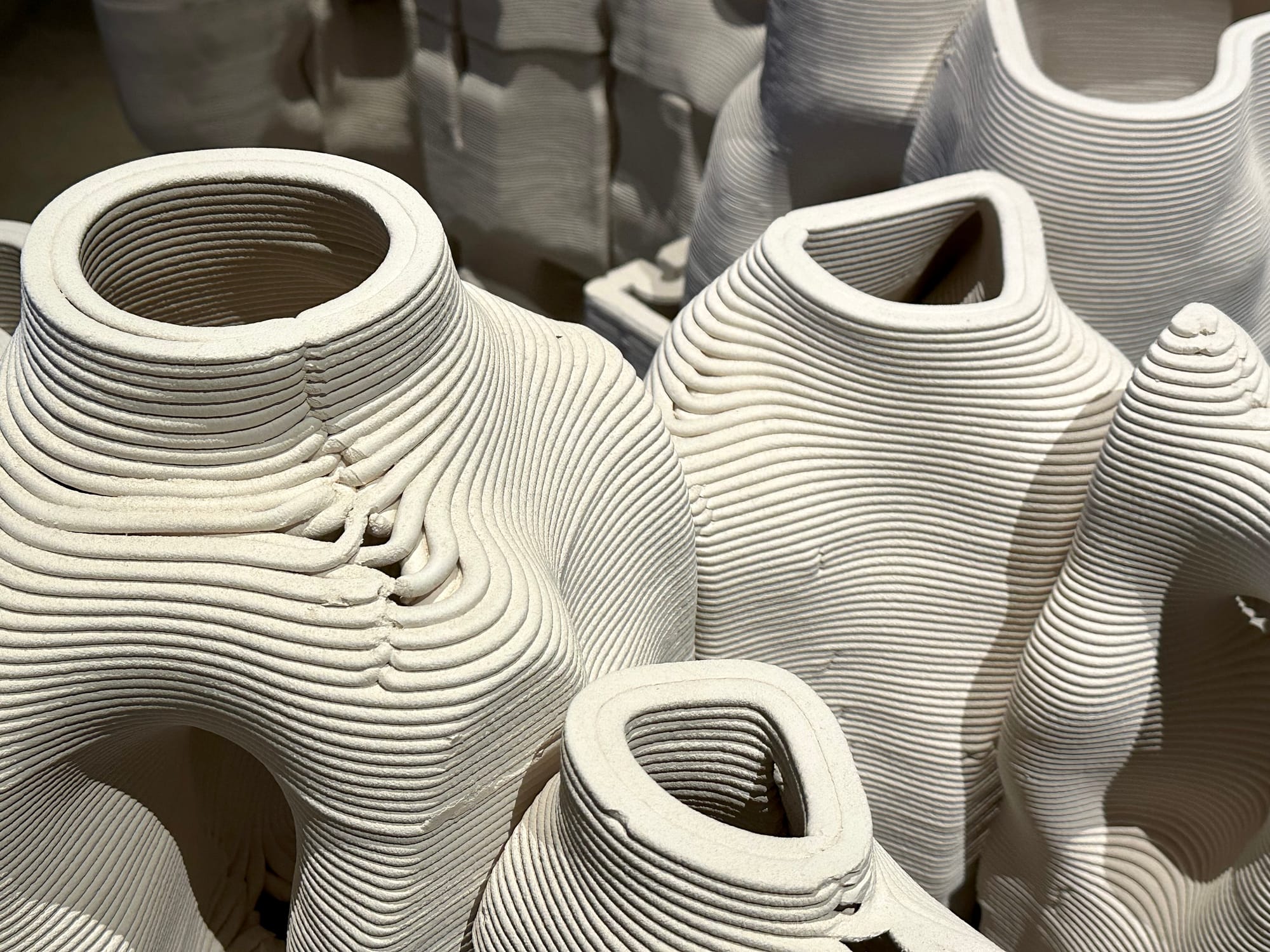
The Biennale installation, curated by Carlo Ratti under the theme Intelligences: Natural. Artificial. Collective., featured visualizations of the AI process, real-time data displays, and an immersive underwater soundscape. But the data doesn't stop at the exhibition. Cassetti’s research will feed back into the system, offering one of the rare feedback loops between speculative design, computational modeling, and long-term biological research.
Shifting the Focus from People to Planetary Systems
Unlike many design futures that imagine climate adaptation as a matter of floating cities or vertical farms, Sea Oasis turns attention to the ecosystems themselves. There is no shelter here, no floorplan. The intended occupants aren’t human at all. The project builds on dotdotdot’s experience in intelligent systems and environmental sensing, but reframes that expertise through the lens of ecological urgency. Instead of optimizing human experience, Sea Oasis leverages AI to create conditions for marine biodiversity to recover and sustain itself. It’s regenerative design, informed by computation but accountable to biology.
This is not speculative fiction—it’s a research-based architectural toolkit for biodiversity, tested through scientific collaboration and real-world application.
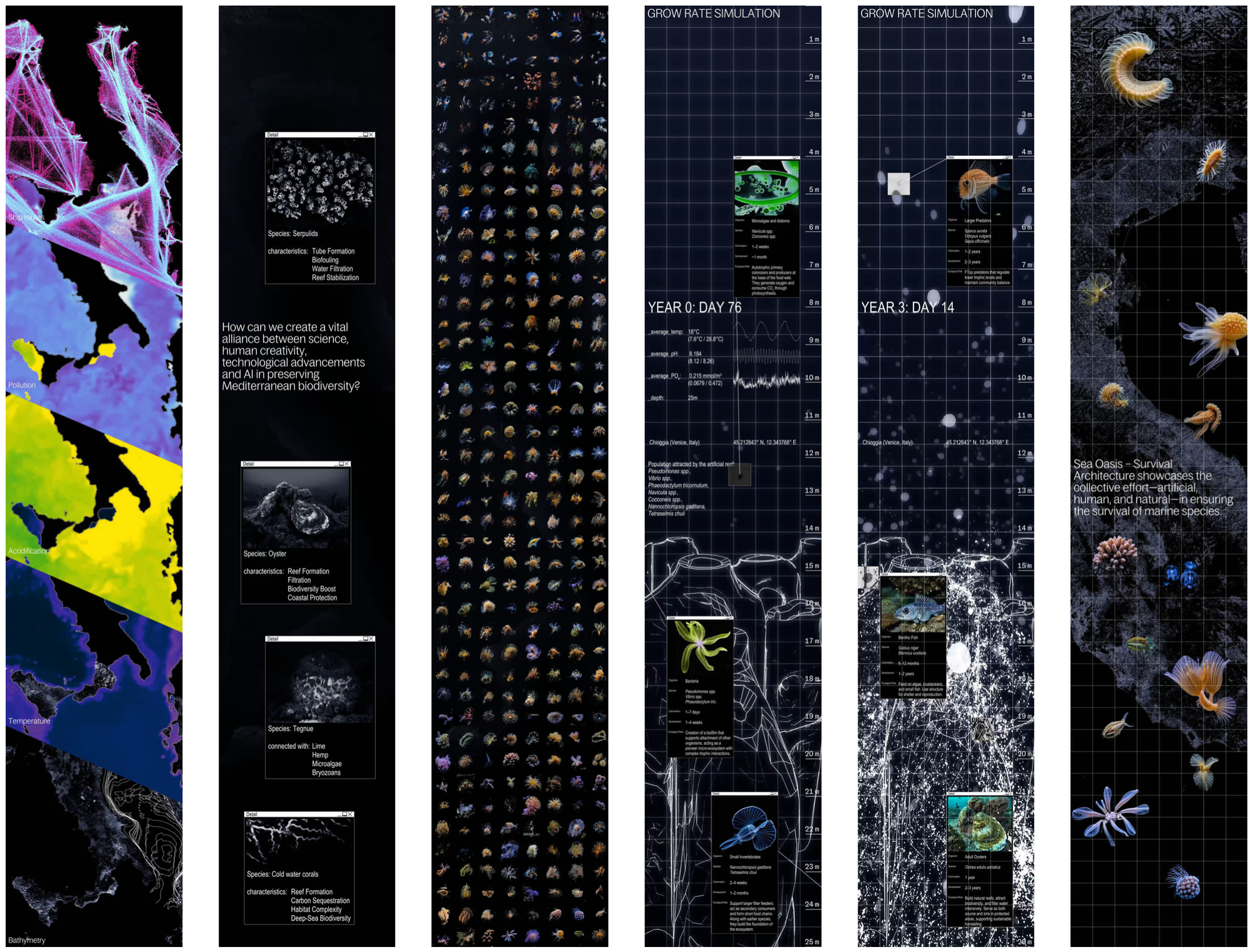
From Built Environments to Living Infrastructures
As climate disruption accelerates, Sea Oasis signals a shift in what architecture can be: not a monument, not a structure, but a living scaffold for planetary systems. It's part of a broader movement reframing design not as a solution for people alone, but as a tool for ecological participation and repair.
By using predictive modeling, open-source data, and scalable fabrication techniques, the project lays groundwork for similar interventions in other vulnerable coastal ecosystems. It invites a future where architecture quietly disappears—not because it fails, but because nature has successfully taken over. We may not live in Sea Oasis, but its inhabitants will. And that, increasingly, is the kind of survival that matters.

